As we look towards the future in hotel financing, it may be helpful to briefly reflect on the immediate past. As the hotel industry effectively shuttered at the end of March 2020, it also took away access to most hotel financing sources. The industry had a slow march towards recovering occupancy during the summer and fall only to face more headwinds in the Winter months. This occurred in response to dramatically rising COVID cases and the corresponding government restrictions on travel.
As the above movements occurred, traditional bank and CMBS sources of capital essentially dried up. While SBA programs were still active, sponsoring banks were hard to find in 2020. This left most buyers of hotels relying on deeply rooted banking relationships, bridge money lenders or simply all-cash acquisitions with the strategy to layer in debt once business returns.
In 2021, we now sit at the peak of the mountain in terms of COVID cases and travel disruption. The rollout of a highly effective vaccine is now taking place and both leisure travels and business travelers can start to plan a return to travel. With this on the horizon, sources of debt are slowly opening up for hotels. Below we will discuss the various debt options and provide a general assessment of the current lending parameters for these options.
Refinancing an existing loan is a tough ask today given the reduction in values resulting from the recent downturn. Financing a new acquisition offers the opportunity for price discovery at a relatively low basis as well as the infusion of new capital which lenders deem favorably. Hotels located in drive-to markets or vacation areas have held up relatively well during covid and are therefore more desirable to finance.
Banks in general are out of the market for hotel financing primarily as a result of issues faced with their existing hotel portfolios as well as the perceived issues hotels will continue to face in the coming months as people and businesses slowly normalize their travel. The second round of the PPP will also distract banks from looking at new loans. However, there are some banks that are actively looking to finance hotels.
The SBA program is still a viable option for financing. The 7a program is more prominent especially given the higher guarantee rate of 90% offered by the government which lessens the risk for the lender. The 7a program is priced at a spread of 150 to 200 basis points over the prime rate which is currently at 3.25%. The rate will be adjusted quarterly depending on whether the prime rate fluctuates.
The SBA 504 offers a more attractive option with all in interest rates of less than 4% as well as the fixed rate nature of the program. Given that banks keep a portion of the loan on the balance sheet (i.e. up to 50% ltc), it is difficult to find a bank willing to participate in the program. There is also little demand from CDCs for the SBA debenture or the riskier piece of the debt which ranges from 51%-80% of the total transaction cost.
The CMBS market was shut down as an option for hotel financing as it relies on a steady income stream which most hotels have not been able to demonstrate. However, CMBS lenders have shown some success with hotels that demonstrated strong cash flow during covid given its favorable location and niche. CMBS lenders will generally underwrite to a 60% loan to value, mid to high teens debt yield with a holdback for 12 months of interest reserve. Rates are around 5%.
The private equity lenders were initially pausing their lending while the impact on the market was being sorted out within their existing portfolios. In addition, their warehouse lines were also on hold so their source of funds was impacted and thus their ability to generate sufficient overall returns was impacted. Slowly the debt funds have dipped their toe back in the market especially for properties that were doing well prior to covid and were less impacted during covid.
Spreads are high by historic standards. Rates from the larger funds have been running in the 7.5% to 8.5% range vs. 4% to 5% range pre- covid. Leverage is down to 55% to 65% vs. up to 70% pre-covid. I do expect spreads to gradually tighten as more debt capital comes back into the market and warehouse lines become more available at more favorable pricing. I recently spoke with a debt fund who will look at financing full service hotel deals that have been closed during covid at a rate of 6%. Their minimum loan size is $50 million. I thought their lower pricing was an encouraging sign that spreads will gradually tighten.
Financing for new construction by debt funds is coming back albeit at higher rates than seen pre-covid i.e. from 9%-12% plus at least 2 points with leverage at 55%-65% loan to cost. This is available for projects located in established, high growth locations focused in the southeast or southwest, with a compelling story to tell.
For questions or more information, please reach out to John Pascal at john@paramountcapitaladvisors.com | 312.767.3320.
